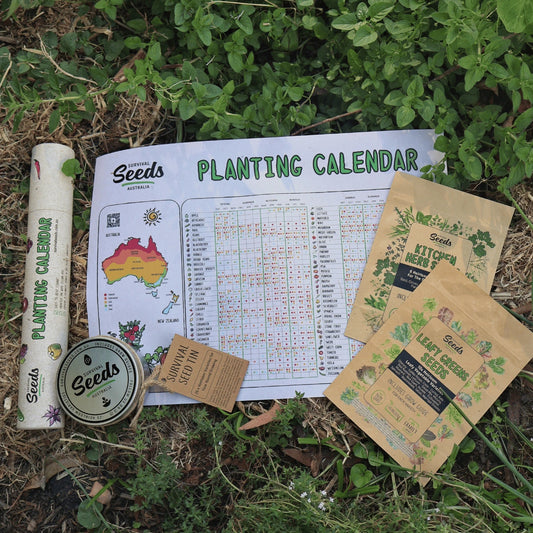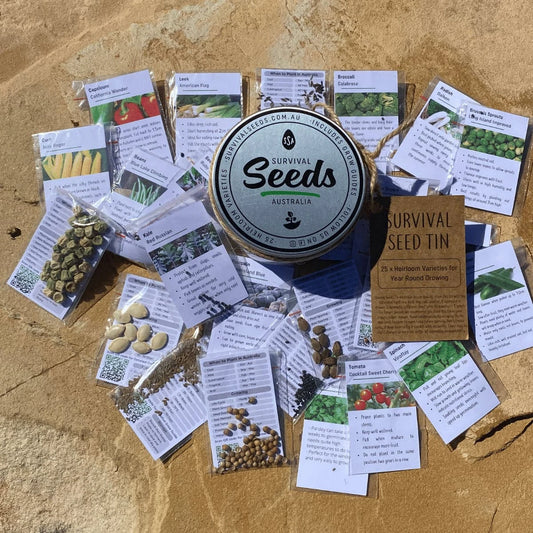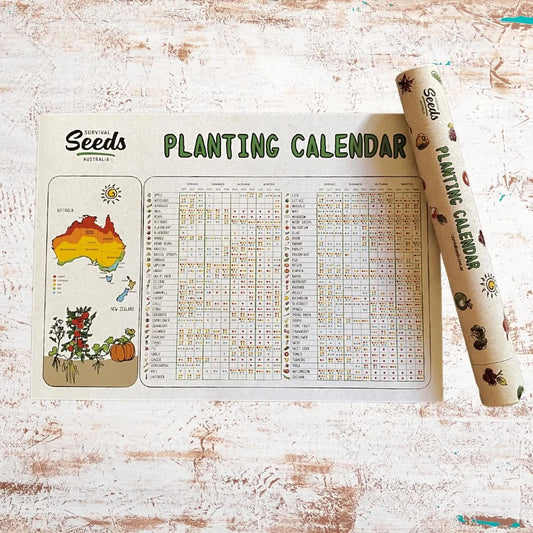
Seed Kits to Get You Growing
Simple seed kits and gardening essentials to help you grow your own fresh food at home.
Let customers speak for us
from 412 reviewsWell I am ecstatic!
I have heaps of seedlings coming through this time!
I have to say, very impressed. The Spinach seeds, soaked overnight, were coming up in 2 days! Never had that much success previously., in over 50 years of gardening.
Definitely highly recommend this company, and appreciate the wonderful customer service big-time!
Purchased the seed tin as we were setting up a small cottage garden and purchasing from nurseries etc was too costly . The seeds / punets were more prevalent to dying or just not germinating . Within 2 weeks of receiving the Survival Seed Tin the seeds have started germinating having been planted as per instructions provided . Best product by far . Cannot wait for the next batch of seeds to be planted when the season arrives . More than impressed . Thank you
I was not expecting such a great array of seeds and how well they are packaged with a QR code linking to all the info about each one. I will be buying from here again as presents for my fellow olant lovers. Thankyou
Excellent !
Almost every single seed came to life! We were completely blown away.
Great prices too, very happy to support a small business
We have made a few purchases and will continue to do so as the quality of seeds is excellent!
Easy to purchase and quickly delivered, my seeds have all germinated well and are growing. The packs provide a large variety of different plants and they are easy to sort into when and how to grow order using the reference cards provided.
I love that the seeds arrived in a tin to keep and inside bagged and labeled so I can keep the information in the tin after planting as reference. The kitchen herb kit cards reside there as well. I love this as a gift and will be planning a re- visit to your site for a lasting gift for my family and friends to plan any type of self sufficiency they like...or just grow them for the beauty of being plants even if they are not harvested. very happy with my purchase. great idea!
Great value and wonderful selection of seeds for planting throughout the year.
I've been really happy with these seeds. They are fresh and I've had really good viability from them. Highly recommended.
Packaged brilliantly & labelled with excellent planting guides for all climates for new gardeners. Timely delivery. Highly recommend to all & Thank you so much. Hopefully germination rates are good if you keep it going👍, AA
Best idea ever……a must for everyone….whether you live on land or in an apartment, we can all grow herbs & veg. A great gift for friends & family too. Fantastic presentation! 🪴
Really love my tin of survival seeds I am giving them as a house warming gift. I love supporting small business the experience is much more satisfying and personal.
Bought this lovely tin of goodness for a friend's birthday.
This will be my gift to friends this year - about to buy another 3 tins
We have always been keen gardeners and love to grow our own produce. It is great that these seeds are non-GMO and we have had great success with growing from these seeds. We would definitely buy again from Survival Seeds Australia.
Bestsellers
Seed Kits to Get You Growing
Gardening is cheaper than therapy—and you get tomatoes! Seriously though, what better way to relax, learn, and connect with nature than by growing your own food? The pride and satisfaction you’ll feel as you watch your food grow from seeds is unmatched—and absolutely addictive!
Our curated seed kits make it easy to get started. Each packet includes clear planting and growing instructions, giving you the confidence to take control of your food supply, save money, and enjoy the unbeatable satisfaction of homegrown produce.
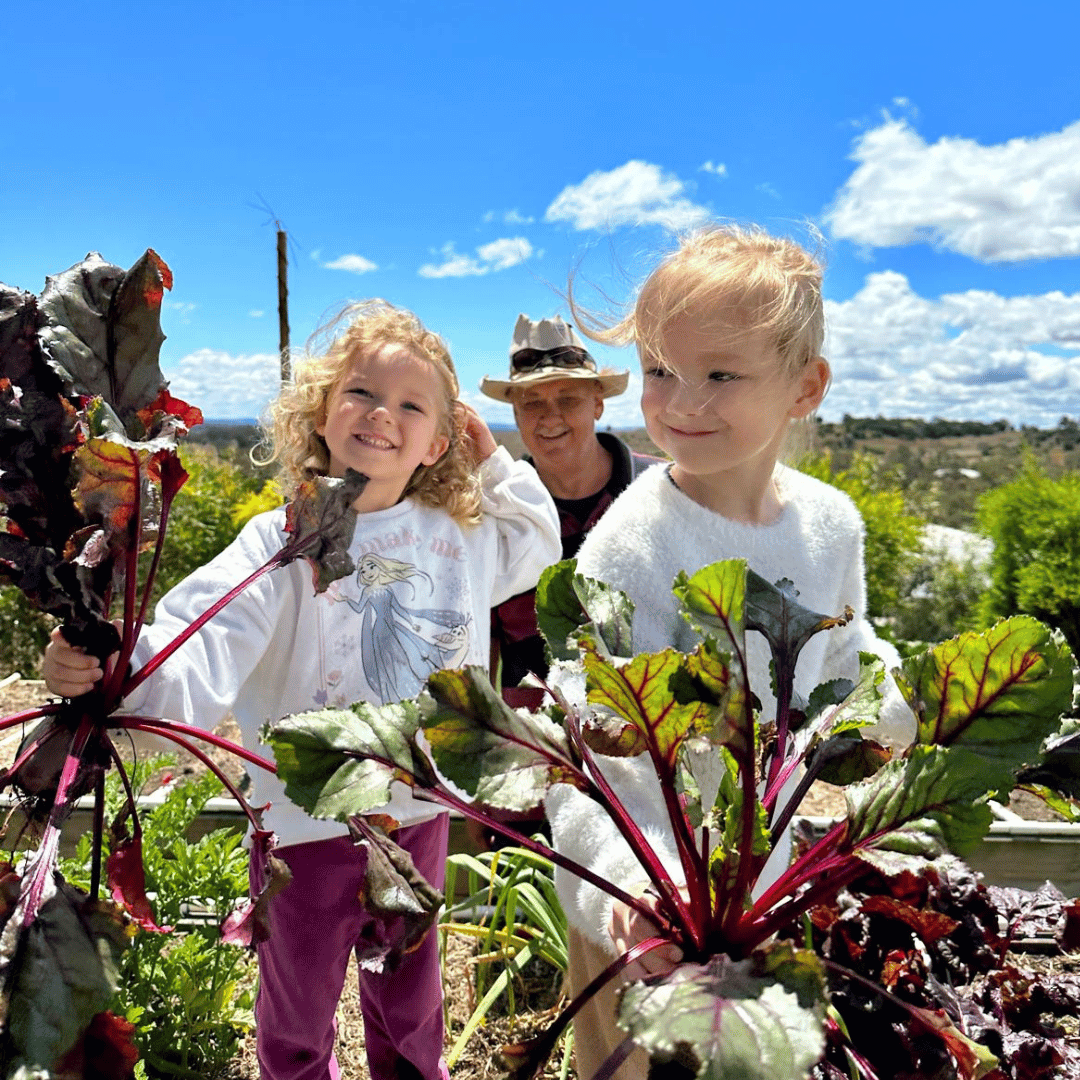
Why Survival Seeds?
✅ Aussie Favourites: We've curated seed sets that Aussies have been growing and saving for generations.
✅ Easy-to-Follow Guides: Every packet includes clear planting and growing instructions, plus a QR code that takes you to an in-depth online grow guide.
✅ Heirloom, Non-GMO Seeds: Our seeds yield healthier, tastier produce compared to hybrid/GMO seeds, and because they're heirloom, you can save and replant seeds for generations.
✅ Small, Family Business: Support our Toowoomba-based, family-run business. We employ local school kids and source from other Aussie businesses.
FAQ's
How long will these seeds last?
Seed germination rates decline over time.
For best results, plant within 2 years of purchase.
Some varieties last much longer, so older seeds can still be planted—just expect lower germination.
Each Survival Seed Kit is airtight and includes a moisture absorber to extend shelf life.
Where are you located?
We’re based in Toowoomba, Queensland, where every product is carefully handmade and shipped directly from our home business.
What are heirloom seeds?
Heirloom seeds are traditional, non-hybrid seeds passed down through generations. These seeds are open-pollinated, meaning they naturally produce plants true to type, preserving the traits of the parent plant.
Heirlooms are celebrated for their unique flavours, vibrant colours, diverse shapes, and higher nutritional content compared to modern hybrids. They are also non-GMO, making them ideal for sustainable gardening.
A key benefit of heirloom seeds is their ability to be saved and replanted year after year, unlike hybrid seeds. This makes them vital for ensuring the security of our global food supply. By growing and harvesting heirloom seeds, growers help preserve genetic diversity, protect agricultural heritage, and support a resilient food system for future generations.
How much food can these seeds grow?
While it is hard to provide a specific answer, you can grow LOADS of food from our seed kits. More than enough for a family, with plenty to share with friends!
Seeds are by far the most economical way to grow food when compared to the cost of buying seedlings.
With the cost of fresh produce continuing to soar, you can grow thousands of dollars worth of fresh food with this seed kit.
Can I save seeds from my harvest to replant next season?
Yes, since our seeds are open-pollinated, heirloom varieties, you can save seeds from your harvest to replant in future seasons, ensuring a self-sufficient and sustainable garden for generations.
What is your return policy?
As a small, family business, we pride ourselves in offering exceptional service and products so we offer a 100% satisfaction guarantee.
If you have any issues whatsoever with our products or services, please contact us and we'll do whatever we can to rectify them.
Quality Heirloom Seeds
✅ Premium Quality Seeds & Great Service: Our customer reviews speak for themselves.
✅ Value for Money: If you've got the time (and patience), we encourage you to put together our seed kits on competitor sites to compare the price. Plus, no one does instructions as well as we do!
✅ Storing Seeds Long-term: Each of our kits are sealed and include moisture absorbers as well as storage instructions. To minimise loss in quality, store kits sealed in a dark, dry, cool location. A cupboard is normally sufficient short-term (1 – 2 years). For longer periods (2 – 5+ years), we recommend you store our kits in your fridge crisper.
-
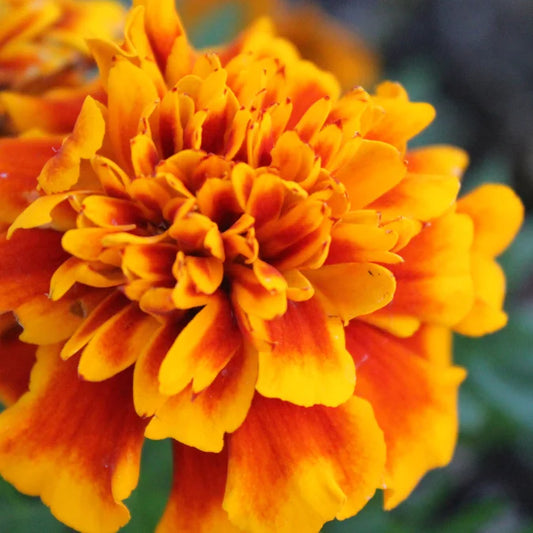
How to Grow Marigolds
Botanical Name: Tagetes spp. Marigolds originate from Mexico and Central America and are loved for their bright, cheerful blooms and pest-repelling properties. These hardy annuals thrive in sunny conditions, making...
Read More >How to Grow Marigolds
Botanical Name: Tagetes spp. Marigolds originate from Mexico and Central America and are loved for their bright, cheerful blooms and pest-repelling properties. These hardy annuals thrive in sunny conditions, making...
Read More > -
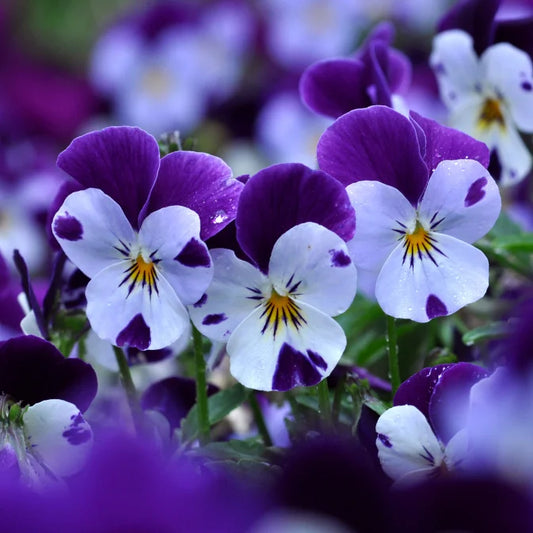
How to Grow Violas
Botanical Name: Viola odorata Violas originate from Europe and are treasured for their small, vibrant blooms and sweet fragrance. These versatile flowers thrive in cool weather, making them perfect for...
Read More >How to Grow Violas
Botanical Name: Viola odorata Violas originate from Europe and are treasured for their small, vibrant blooms and sweet fragrance. These versatile flowers thrive in cool weather, making them perfect for...
Read More > -
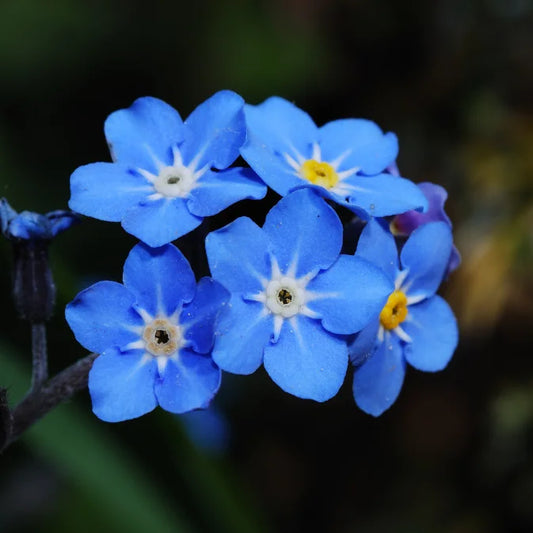
How to Grow Forget-Me-Nots
Botanical Name: Myosotis sylvatica Forget-me-nots originate from Europe and Asia and are cherished for their delicate, dainty blue flowers. These beautiful biennials or perennials are perfect for adding charm to...
Read More >How to Grow Forget-Me-Nots
Botanical Name: Myosotis sylvatica Forget-me-nots originate from Europe and Asia and are cherished for their delicate, dainty blue flowers. These beautiful biennials or perennials are perfect for adding charm to...
Read More > -
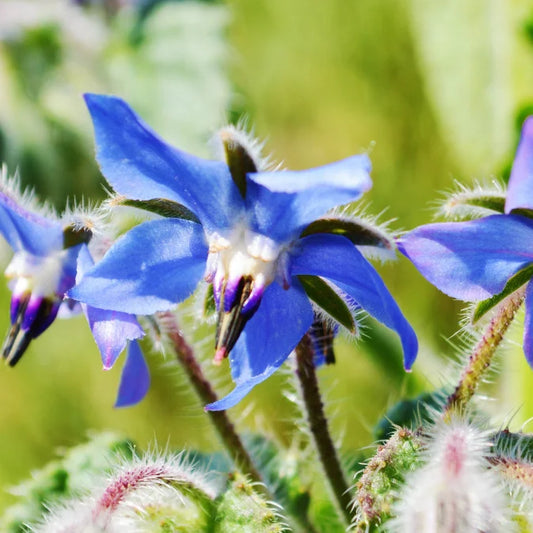
How to Grow Borage
Botanical Name: Borago officinalis Borage originates from the Mediterranean region and is valued for its star-shaped blue flowers and edible qualities. This hardy herb is often grown for its ability...
Read More >How to Grow Borage
Botanical Name: Borago officinalis Borage originates from the Mediterranean region and is valued for its star-shaped blue flowers and edible qualities. This hardy herb is often grown for its ability...
Read More > -
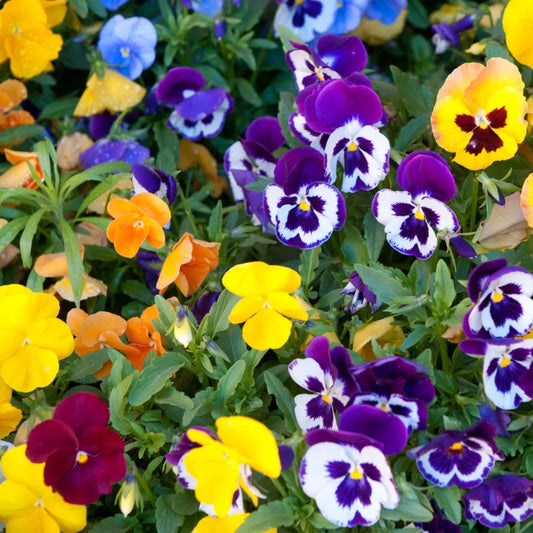
How to Grow Pansies
Botanical Name: Viola tricolor Pansies originate from Europe and are beloved for their colourful, velvety blooms. These hardy flowers come in a variety of vibrant shades, making them a favourite...
Read More >How to Grow Pansies
Botanical Name: Viola tricolor Pansies originate from Europe and are beloved for their colourful, velvety blooms. These hardy flowers come in a variety of vibrant shades, making them a favourite...
Read More > -
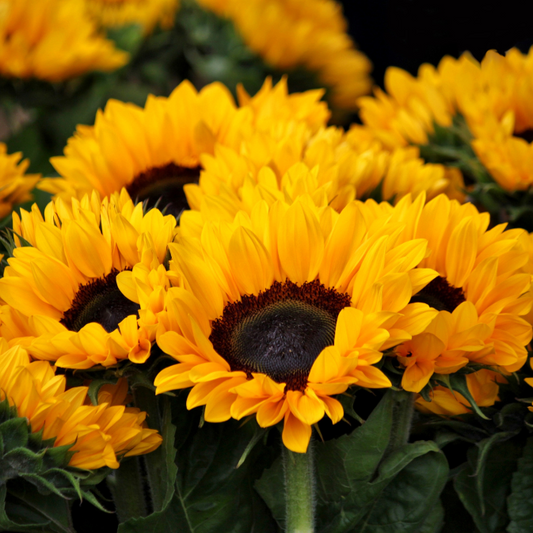
How to Grow Sunflowers
Botanical Name: Helianthus annuus Sunflowers originate from North America and are beloved for their bright, cheerful blooms. They are versatile plants, admired for their beauty and valued for their seeds,...
Read More >How to Grow Sunflowers
Botanical Name: Helianthus annuus Sunflowers originate from North America and are beloved for their bright, cheerful blooms. They are versatile plants, admired for their beauty and valued for their seeds,...
Read More > -
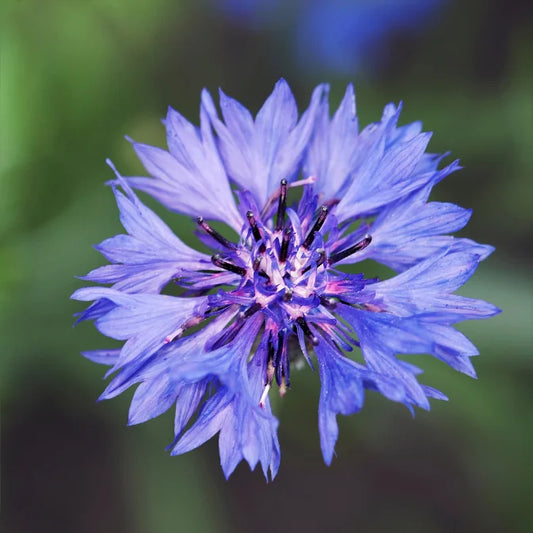
How to Grow Cornflowers
Botanical Name: Centaurea cyanus Cornflowers originate from Europe and are cherished for their vibrant blue blooms. These hardy annuals are a favourite in cottage gardens and wildflower meadows, adding a...
Read More >How to Grow Cornflowers
Botanical Name: Centaurea cyanus Cornflowers originate from Europe and are cherished for their vibrant blue blooms. These hardy annuals are a favourite in cottage gardens and wildflower meadows, adding a...
Read More > -
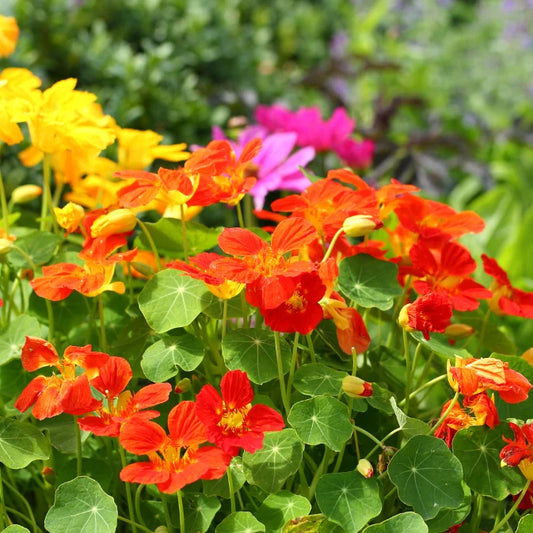
How to Grow Nasturtium
Tropaeolum majus, commonly known as nasturtium, is native to South America. It is well-known for its vivid blooms and tasty, peppery leaves. Easy to cultivate, nasturtiums are frequently used as...
Read More >How to Grow Nasturtium
Tropaeolum majus, commonly known as nasturtium, is native to South America. It is well-known for its vivid blooms and tasty, peppery leaves. Easy to cultivate, nasturtiums are frequently used as...
Read More > -
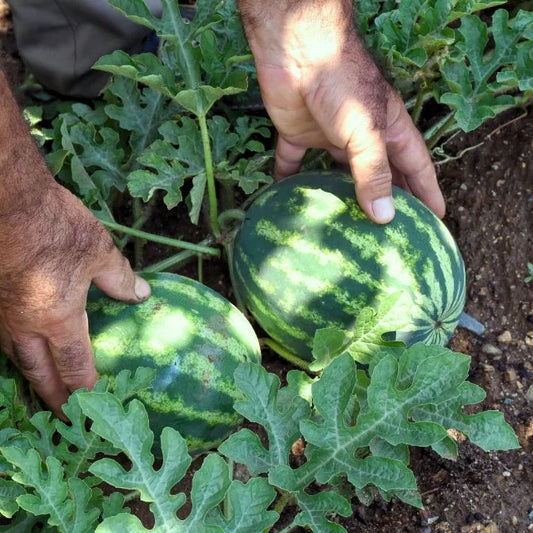
How to Grow Watermelon
Botanical Name: Citrullus Lanatus Watermelon originates from Africa. It is a juicy, sweet fruit with a green rind and red or pink flesh, containing high water content and essential vitamins...
Read More >How to Grow Watermelon
Botanical Name: Citrullus Lanatus Watermelon originates from Africa. It is a juicy, sweet fruit with a green rind and red or pink flesh, containing high water content and essential vitamins...
Read More > -
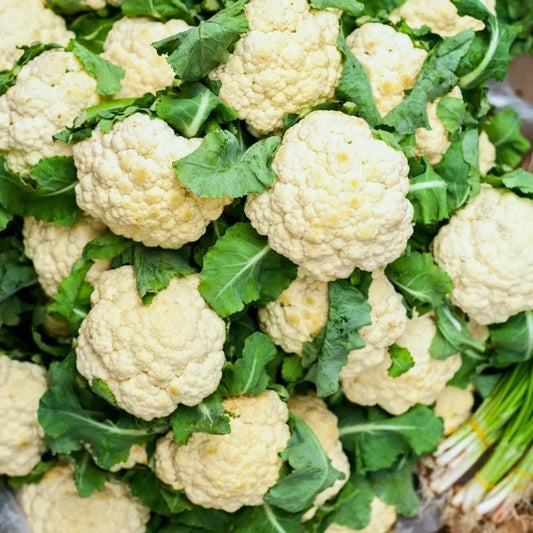
How to Grow Cauliflower
Botanical Name: Brassica Oleracea Botrytis Cauliflower originates from the Mediterranean region. It is a cruciferous vegetable with a compact, white, or colored head (curd) composed of undeveloped flower buds. It...
Read More >How to Grow Cauliflower
Botanical Name: Brassica Oleracea Botrytis Cauliflower originates from the Mediterranean region. It is a cruciferous vegetable with a compact, white, or colored head (curd) composed of undeveloped flower buds. It...
Read More > -
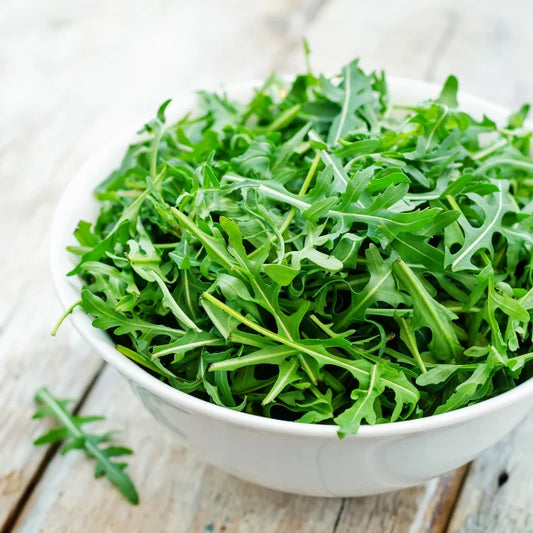
Growing Rocket
Botanical Name: Eruca Sativa Rocket is a Mediterranean green leafy plant, sometimes called Arugula. Its unique peppery flavour goes well with pasta dishes, salads, and pizzas. Packed full of vitamins...
Read More >Growing Rocket
Botanical Name: Eruca Sativa Rocket is a Mediterranean green leafy plant, sometimes called Arugula. Its unique peppery flavour goes well with pasta dishes, salads, and pizzas. Packed full of vitamins...
Read More > -
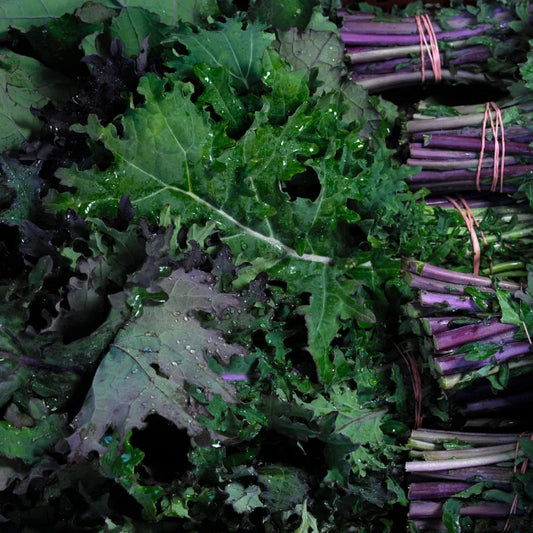
How to Grow Kale
Botanical Name: Brassica Oleracea var. Acephala Kale originates from the Mediterranean region. It is a leafy green vegetable, rich in nutrients and antioxidants. Kale’s curly or flat leaves make it...
Read More >How to Grow Kale
Botanical Name: Brassica Oleracea var. Acephala Kale originates from the Mediterranean region. It is a leafy green vegetable, rich in nutrients and antioxidants. Kale’s curly or flat leaves make it...
Read More > -
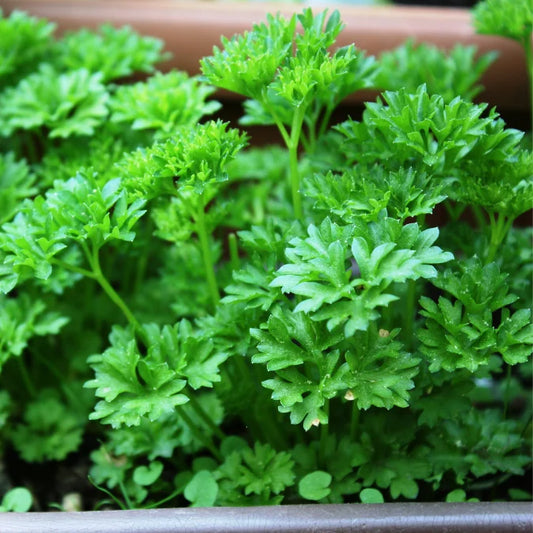
Growing Parsley
Botanical Name: Petroselinum Crispum Parsley, a versatile herb, is known for its bright green, curly, or flat leaves. Originating from the Mediterranean, it’s widely used as a garnish, flavour enhancer,...
Read More >Growing Parsley
Botanical Name: Petroselinum Crispum Parsley, a versatile herb, is known for its bright green, curly, or flat leaves. Originating from the Mediterranean, it’s widely used as a garnish, flavour enhancer,...
Read More > -
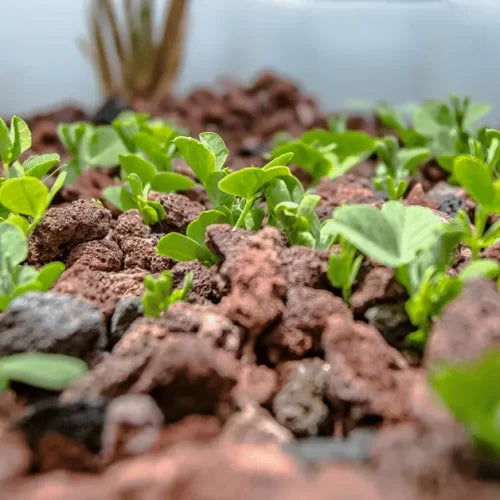
The Ultimate Guide To Growing Veggies In Australia
Growing vegetables in Australia is an enjoyable and rewarding activity. It encourages people to get outdoors, stay active, care for the environment, and provide healthy food for their families. But...
Read More >The Ultimate Guide To Growing Veggies In Australia
Growing vegetables in Australia is an enjoyable and rewarding activity. It encourages people to get outdoors, stay active, care for the environment, and provide healthy food for their families. But...
Read More > -
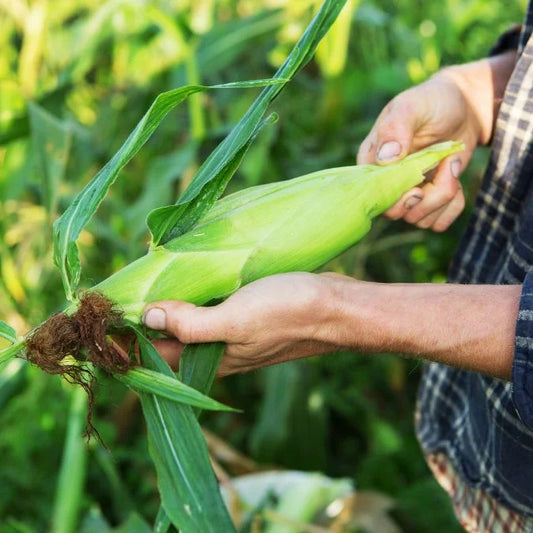
How to Grow Corn
Botanical Name: Zea Mays Corn, also known as maize, originates from Mesoamerica. It is a cereal grain with tall stalks, large ears, and edible kernels. Corn is a staple food...
Read More >How to Grow Corn
Botanical Name: Zea Mays Corn, also known as maize, originates from Mesoamerica. It is a cereal grain with tall stalks, large ears, and edible kernels. Corn is a staple food...
Read More > -
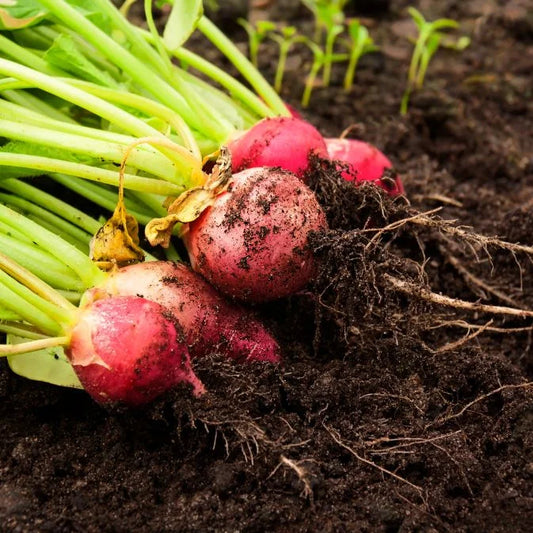
How to Grow Radishes
Botanical Name: Raphanus Sativus Originating from Asia, radishes are a fast-growing root vegetables with a peppery taste and come in various shapes and colours. Radishes are low in calories and...
Read More >How to Grow Radishes
Botanical Name: Raphanus Sativus Originating from Asia, radishes are a fast-growing root vegetables with a peppery taste and come in various shapes and colours. Radishes are low in calories and...
Read More >



